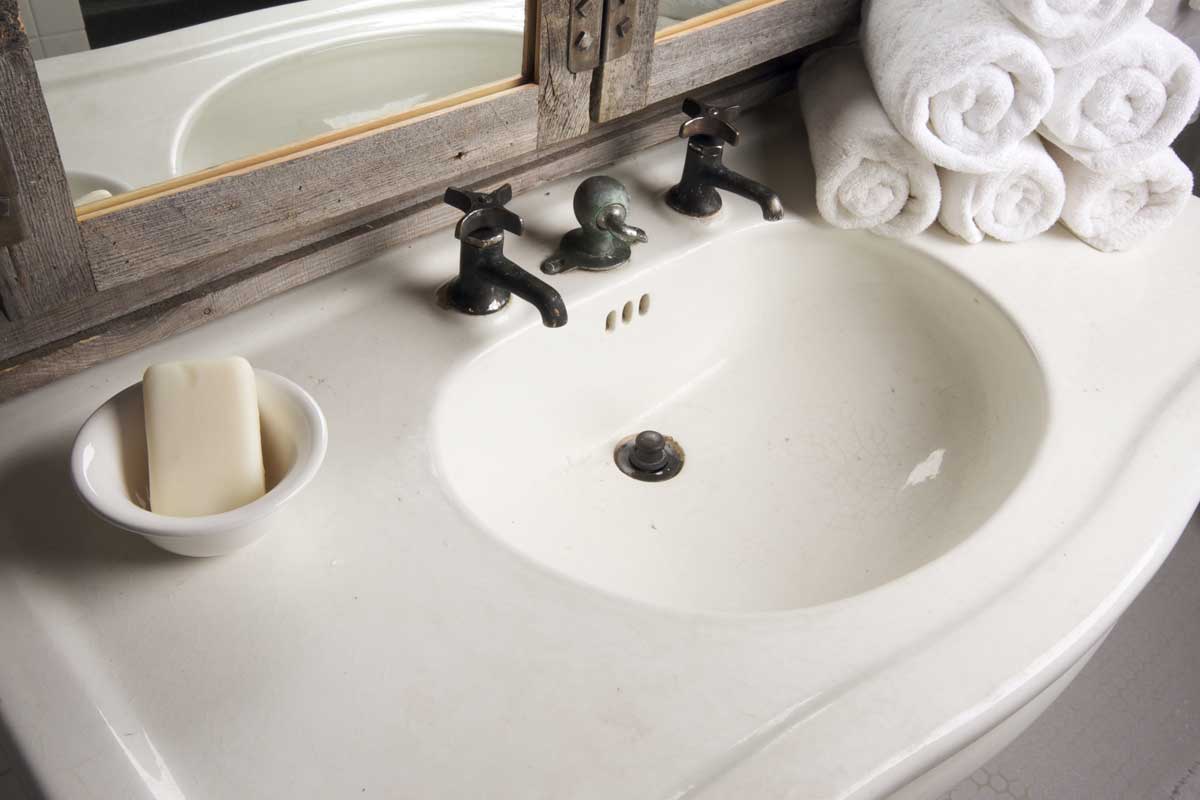How to Remove Rust from a Bathroom Sink
Rust is a common problem in many households, especially in the bathroom where water is constantly present. Not only is rust unsightly, but it can also cause damage to your bathroom sink over time. But fear not, there are effective ways to remove rust and prevent it from coming back. In this article, we will discuss the top 10 methods for removing rust from your bathroom sink.
Best Rust Removers for Bathroom Sinks
If you're dealing with a significant amount of rust in your bathroom sink, it's best to use a commercial rust remover. Look for products specifically designed for bathroom sinks and follow the instructions carefully. Some popular options include CLR, Bar Keepers Friend, and Lime-A-Way. These products contain strong chemicals that break down rust and make it easier to remove.
DIY Rust Removal for Bathroom Sinks
If you prefer a more natural approach, you can make your own rust remover using common household items. Mix equal parts of lemon juice and salt to make a paste, then apply it to the affected area and let it sit for a few minutes. Scrub the area with a toothbrush and rinse with water. You can also try using vinegar and baking soda, or a mixture of hydrogen peroxide and cream of tartar.
Natural Rust Removal Methods for Bathroom Sinks
Aside from DIY remedies, there are also natural rust removal methods that are safe and effective. One option is to use a potato. Cut a potato in half and cover the cut side with baking soda. Rub the potato on the rusted area and rinse with water. Another natural method is to use a lemon and salt. Cut a lemon in half and sprinkle salt on the cut side. Scrub the rusted area with the lemon and rinse with water.
Rust Stain Removal Tips for Bathroom Sinks
For small rust stains, you can try using a toothbrush and some white vinegar. Let the vinegar sit on the stain for a few minutes before scrubbing it with the toothbrush. Rinse with water and repeat if necessary. You can also try using a pumice stone or steel wool to scrub off the rust stain. Just be gentle to avoid damaging your sink.
Preventing Rust Buildup in Bathroom Sinks
Prevention is always better than cure, so it's important to take steps to prevent rust from building up in your bathroom sink. Make sure to wipe down your sink after each use to remove any excess water. You can also invest in a rust-resistant sink or apply a rust-resistant coating to your current sink. Avoid using harsh chemicals or abrasive cleaners that can damage the surface of your sink.
Commercial Rust Removal Products for Bathroom Sinks
Aside from rust removers, there are also products specifically designed to prevent rust buildup in your bathroom sink. These products often come in the form of sprays or wipes that you can easily apply to your sink. They create a protective barrier that prevents rust from forming. Look for products that contain ingredients like phosphoric acid, which helps to dissolve rust.
Step-by-Step Guide to Removing Rust from Bathroom Sinks
For a more detailed guide on how to remove rust from your bathroom sink, follow these steps:
Step 1: Prepare your work area by covering any nearby surfaces with a towel or plastic sheet to avoid any damage from rust remover products.
Step 2: Apply your chosen rust remover to the affected area, making sure to follow the instructions on the product carefully.
Step 3: Let the rust remover sit for the recommended amount of time. This can range from a few minutes to a few hours, depending on the severity of the rust.
Step 4: Scrub the area with a toothbrush or sponge to loosen the rust. You may need to repeat this step a few times for stubborn rust stains.
Step 5: Rinse the area with water and dry with a clean cloth.
Step 6: If the rust is still present, you may need to use a pumice stone or steel wool to scrub it off. Again, be gentle to avoid damaging your sink.
Step 7: Once the rust is completely removed, rinse the area with water and dry with a clean cloth.
Common Causes of Rust in Bathroom Sinks
Understanding the causes of rust in your bathroom sink can help you prevent it from happening in the future. The most common cause of rust is prolonged exposure to water and moisture. Other factors that can contribute to rust include using abrasive cleaners, leaving metal objects on the sink for extended periods, and using harsh chemicals.
How to Maintain a Rust-Free Bathroom Sink
After successfully removing rust from your bathroom sink, it's important to maintain it to prevent it from coming back. Here are some tips to keep your bathroom sink rust-free:
Clean regularly: Wipe down your sink after each use to remove any water or soap residue.
Use gentle cleaners: Avoid harsh chemicals or abrasive cleaners that can damage the surface of your sink.
Repair leaks: Fix any leaks in your sink or pipes to prevent excess water from causing rust.
Apply a rust-resistant coating: Consider applying a rust-resistant coating to your sink to prevent rust from forming.
By following these tips and methods, you can easily remove rust from your bathroom sink and keep it looking clean and shiny. Just remember to always read and follow the instructions on any products you use, and be gentle to avoid damaging your sink. With a little maintenance, you can enjoy a rust-free bathroom sink for years to come.
How to Effectively Remove Rust from Your Bathroom Sink

The Problem with Rust
 Rust is the enemy of any homeowner, especially when it comes to bathroom sinks. Not only does it make your sink look unsightly, but it can also cause damage and decrease the lifespan of your sink. Rust occurs when iron and oxygen come into contact with water, creating a chemical reaction that eats away at the metal. This can happen in any type of sink, whether it's porcelain, ceramic, or stainless steel. But before you start panicking, there are effective ways to remove rust from your bathroom sink and restore it to its former glory.
Rust is the enemy of any homeowner, especially when it comes to bathroom sinks. Not only does it make your sink look unsightly, but it can also cause damage and decrease the lifespan of your sink. Rust occurs when iron and oxygen come into contact with water, creating a chemical reaction that eats away at the metal. This can happen in any type of sink, whether it's porcelain, ceramic, or stainless steel. But before you start panicking, there are effective ways to remove rust from your bathroom sink and restore it to its former glory.
Gather Your Supplies
 Before you begin the process of removing rust from your bathroom sink, make sure you have all the necessary supplies. You will need
white vinegar, baking soda, lemon juice, a scrub brush or sponge, and a cloth
. These are all common household items and can be found in your kitchen or pantry. It's always a good idea to have these items on hand for any future rust-related incidents.
Before you begin the process of removing rust from your bathroom sink, make sure you have all the necessary supplies. You will need
white vinegar, baking soda, lemon juice, a scrub brush or sponge, and a cloth
. These are all common household items and can be found in your kitchen or pantry. It's always a good idea to have these items on hand for any future rust-related incidents.
The White Vinegar Method
 One of the most effective and natural ways to remove rust from your bathroom sink is by using white vinegar.
Vinegar is acidic, which makes it perfect for breaking down rust
. Start by pouring some white vinegar onto the rusted area of your sink and let it sit for a few minutes. Then, using your scrub brush or sponge, gently scrub the area in a circular motion. The rust should start to loosen and come off. Rinse the area with water and dry it with a cloth.
One of the most effective and natural ways to remove rust from your bathroom sink is by using white vinegar.
Vinegar is acidic, which makes it perfect for breaking down rust
. Start by pouring some white vinegar onto the rusted area of your sink and let it sit for a few minutes. Then, using your scrub brush or sponge, gently scrub the area in a circular motion. The rust should start to loosen and come off. Rinse the area with water and dry it with a cloth.
The Baking Soda and Lemon Juice Method
 Another effective way to remove rust from your bathroom sink is by using a mixture of baking soda and lemon juice.
Baking soda is a mild abrasive and lemon juice is acidic, making them a powerful combination against rust
. Mix equal parts of baking soda and lemon juice to create a paste. Apply the paste to the rusted area and let it sit for a few minutes. Then, using your scrub brush or sponge, gently scrub the area in a circular motion. Rinse with water and dry with a cloth.
Another effective way to remove rust from your bathroom sink is by using a mixture of baking soda and lemon juice.
Baking soda is a mild abrasive and lemon juice is acidic, making them a powerful combination against rust
. Mix equal parts of baking soda and lemon juice to create a paste. Apply the paste to the rusted area and let it sit for a few minutes. Then, using your scrub brush or sponge, gently scrub the area in a circular motion. Rinse with water and dry with a cloth.
Prevent Future Rust
 After successfully removing rust from your bathroom sink, it's important to take preventative measures to avoid future rust buildup. Wipe down your sink after each use and make sure to fix any leaks or drips that may occur. You can also
apply a coat of car wax or a rust inhibitor to your sink to prevent rust from forming
. These simple steps can go a long way in keeping your bathroom sink looking clean and rust-free.
After successfully removing rust from your bathroom sink, it's important to take preventative measures to avoid future rust buildup. Wipe down your sink after each use and make sure to fix any leaks or drips that may occur. You can also
apply a coat of car wax or a rust inhibitor to your sink to prevent rust from forming
. These simple steps can go a long way in keeping your bathroom sink looking clean and rust-free.
In Conclusion
 Rust in your bathroom sink is a common problem, but it doesn't have to be a permanent one. With the right supplies and methods, you can effectively remove rust and restore your sink to its original shine. Remember to use white vinegar or a baking soda and lemon juice mixture, and take preventative measures to avoid future rust buildup. With these tips, you can keep your bathroom sink looking pristine and prolong its lifespan.
Rust in your bathroom sink is a common problem, but it doesn't have to be a permanent one. With the right supplies and methods, you can effectively remove rust and restore your sink to its original shine. Remember to use white vinegar or a baking soda and lemon juice mixture, and take preventative measures to avoid future rust buildup. With these tips, you can keep your bathroom sink looking pristine and prolong its lifespan.



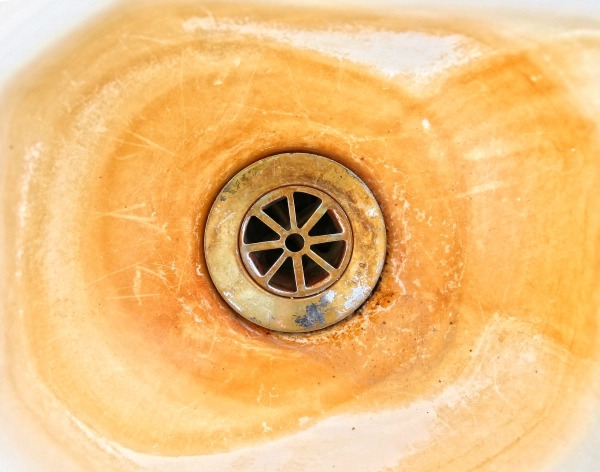






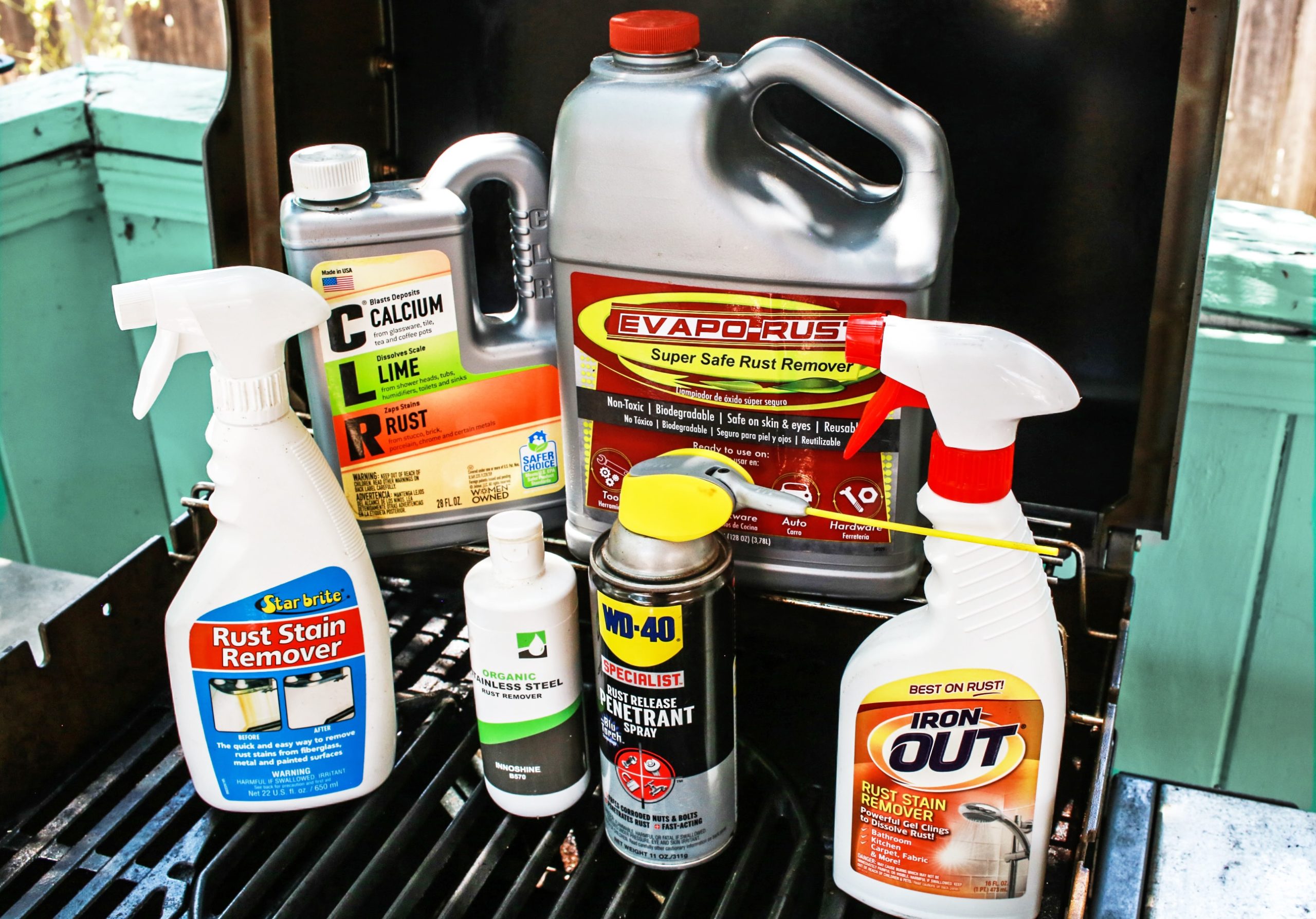











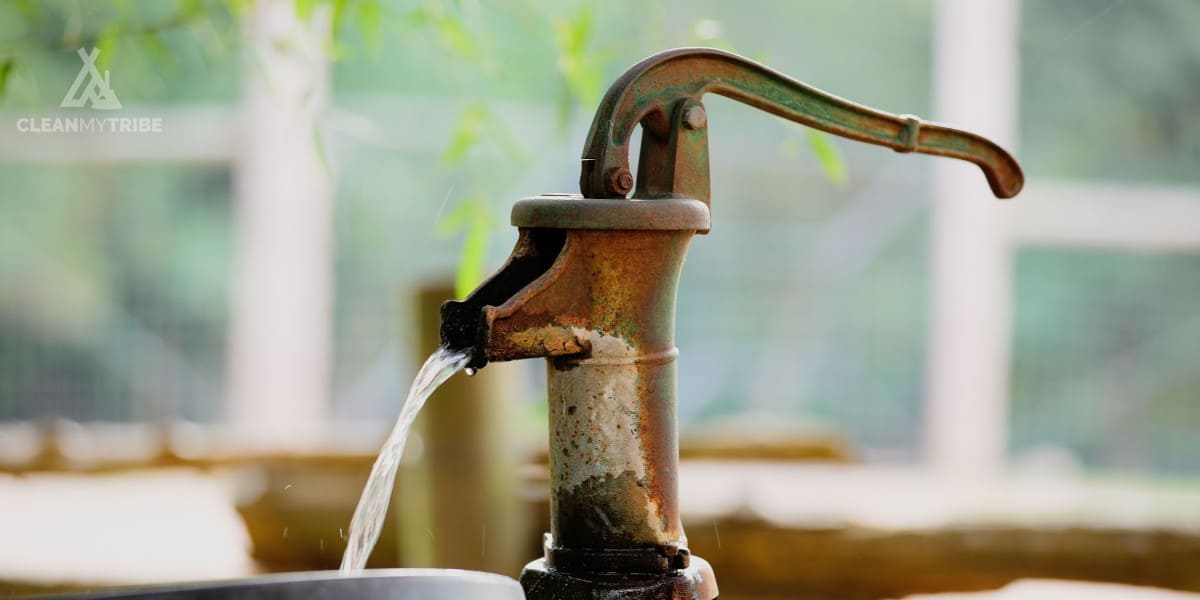

/rustyitems-56a3379d3df78cf7727c686b.jpg)









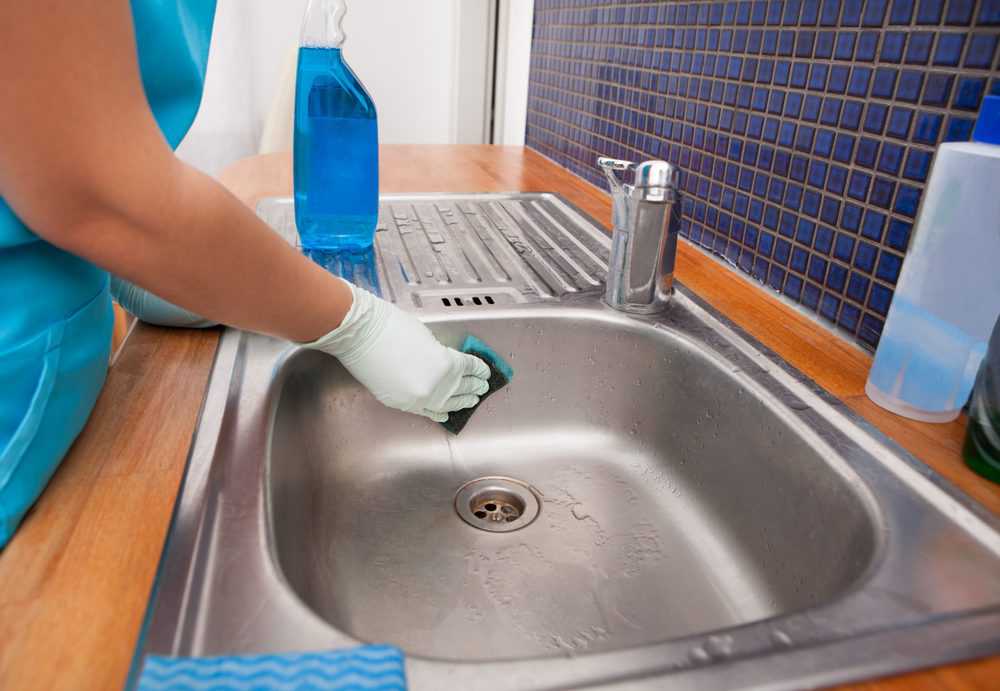


:max_bytes(150000):strip_icc()/GettyImages-1050543868-5c2001ebc9e77c0001717a30.jpg)














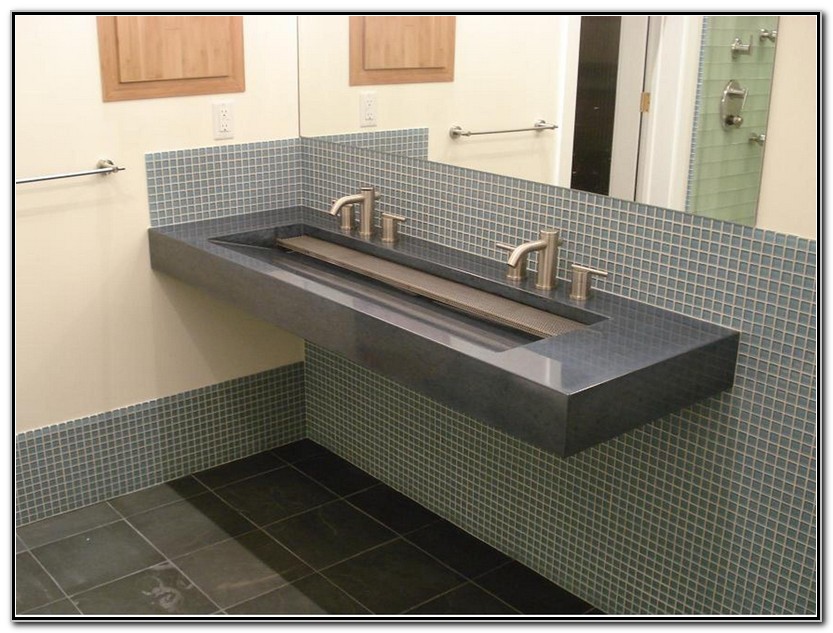

:max_bytes(150000):strip_icc()/remove-rust-stains-from-toilets-tubs-4109490-03-c4a2b523eee74e84b189ffeebd469214.jpg)




























